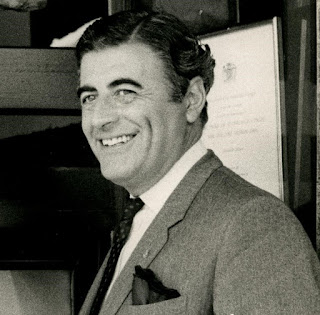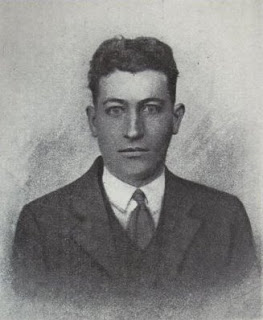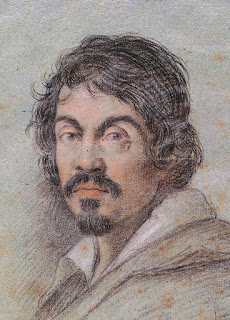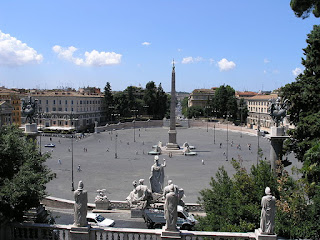Rome-born craftsman favoured by the Queen of England
 |
| Andrew Grima was the Rome-born son of a Maltese lace-maker and an Italian mother |
Grima, whose flamboyant use of dramatically large, rough-cut stones and brilliant innovative designs revolutionised modern British jewellery, achieved an enviable status among his contemporaries.
After the Duke of Edinburgh had given the Queen a brooch of carved rubies and diamonds designed by Grima as a gift, he was awarded a Royal Warrant and rapidly became the jeweller of choice for London’s high society, as well as celebrities and film stars from around the world.
He won 13 De Beers Diamonds International Awards, which is more than any other jeweller, and examples of his work are kept by the Victoria and Albert Museum and the Worshipful Company of Goldsmiths.
When a private collection of Grima pieces was sold at auction by Bonhams in London in September 2017, some 93 lots realised a total of more than £7.6 million (€8.6m), with one pear-shaped blue diamond alone making £2.685m (€3.034m).
Grima’s father, John Grima, was the Maltese owner of a large international lace-making business, designing his products as well as marketing them. His mother, Leopoldina Farnese, could trace her ancestry to the powerful Farnese family of the Renaissance, who left their mark on Roman art and architecture in several ways.
 |
| Three pictures showing Queen Elizabeth II wearing the ruby and diamond Grima brooch give to her by Prince Philip |
His move into the jewellery business came purely by chance. His plans to attend art school after he was demobbed had to be put on hold because few art schools had reopened. Instead, he took a secretarial course and began going out with a classmate, Helène Haller, whose Viennese father owned a small jewellery workshop.
The relationship blossomed and they were married in 1947, after which Helène’s father gave Grima a job supervising his accounts. He was desperate for an opportunity to unleash his artistic talents. It came, finally, when a pair of dealers arrived at the workshop one day with a suitcase of large stones imported from Brazil, including aquamarines, citrines, tourmalines and amethysts.
Grima persuaded his father-in-law to buy them all and though he had no training he set about creating his own radical designs, experimenting with abstract shapes, different textural effects and making casts from nature, such as leaves, lichen and volcanic lava, to reproduce in gold. The pieces he made were a great success.
 |
| Grima's created this unusual gold and diamond brooch by making a cast from pencil shavings |
The curator of the exhibition, Graham Hughes, introduced Grima to rich potential clients, although he made a smart move of his own when he invited Lord Snowdon to visit his workshop after reading a magazine interview in which Snowdon had complained about what he saw as a paucity of exciting jewellery available. In the event, Snowdon was so impressed he chose presents for his then wife Princess Margaret, the Queen’s sister.
It was not long afterwards that Grima received the Duke of Edinburgh award from Prince Philip in person, the Duke taking a brooch of carved rubies and diamonds from the winning collection as a gift for the Queen, who wore it on many different occasions in the years that followed, including her televised 2007 Christmas speech, coincidentally broadcast the day before Grima passed away at his home in Switzerland.
The Queen soon commissioned Grima to make state gifts and it was not long that he had the Royal Warrant and the Queen's Award for Industry as well as the Duke of Edinburgh's prize.
Snowdon, meanwhile, would some years later open Grima’s new shop at 80 Jermyn Street in London's St. James's, designed by his architect brothers, George and Godfrey, featuring an extraordinary and starkly eye-catching shopfront made from slabs of slate bolted to a steel framework, dotted with small, rectangular showcases, designed by sculptor Bryan Kneale.
Grima went on to open galleries in Zurich, New York, Tokyo and Sydney. As well as many of the British royals, Jacqueline Onassis was a fan of his pieces, as were many movie stars.
In 1977, Grima divorced Helène and married JoJo Maughan-Brown, the daughter of the diamond magnate, Sir Thomas Cullinan. After a planned business expansion failed, he decided to relinquish his royal warrant and in 1986 moved to Switzerland to work only on private commissions, living first in Lugano and then in Gstaad. His daughter, Francesca, continued to design after his death.
 |
| The Palazzo Farnese in Rome is currently the home of the French embassy in Italy |
The Farnese were among the great aristocratic families who turned Rome into a communal work of art from the 14th to the 17th centuries, along with the Barberini, the Colonna, the Chigi and the Borghese. Their most significant contributions was the Palazzo Farnese, the High Renaissance palace designed by Antonio da Sangallo the Younger in 1517, which is now owned by the Italian republic and currently serves as the French embassy. It can be found in Piazza Farnese, a short distance from the Tiber, which features two identical decorative fountains, on granite bases thought to have been brought from the Roman Baths of Caracalla.
 |
| The view across from the Janiculum Hill |
Another Farnese monument worth visiting is the Villa Aurelia, which sits on top of the Janiculum Hill, the highest point within Rome's ancient city walls. Built in the 17th century by a Farnese cardinal named Girolamo, because of its elevated position it was commandeered by Garibaldi as his headquarters when he came to Rome to defend the republic of 1849 from the invading French. It was severely damaged by French artillery but restored three decades later when it was bought by a Philadelphia heiress, Clara Jessup Heyland.
Also on this day:
1594: The death of the great Renaissance artist Tintoretto
1914: The death of Angelo Moriondo, inventor of the world's first espresso machine
Home












